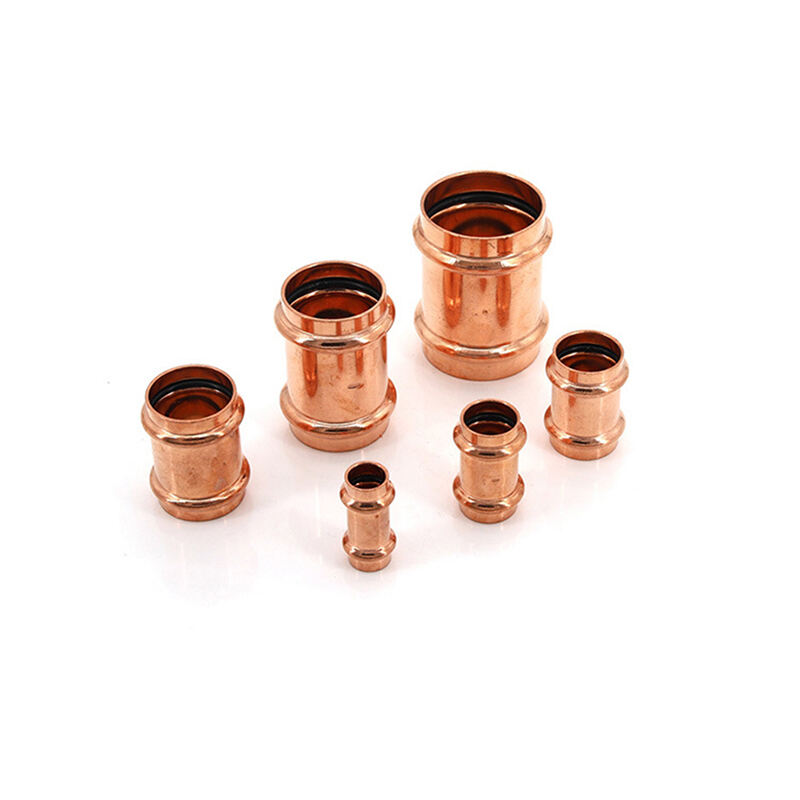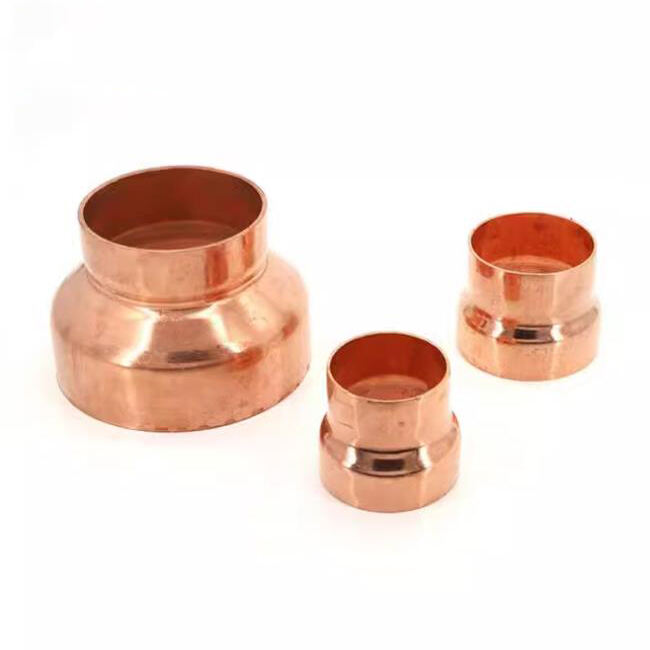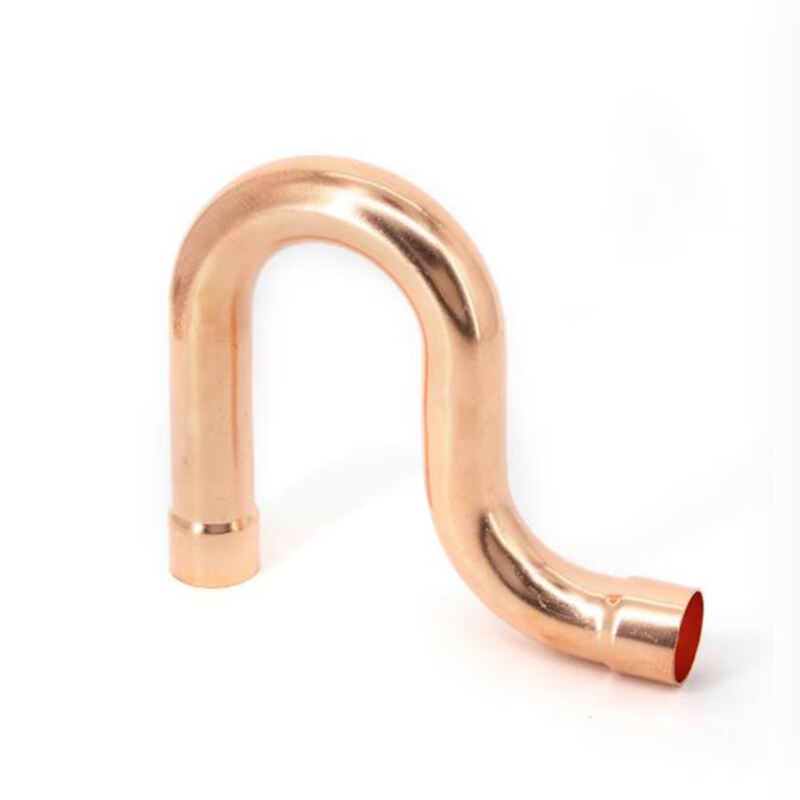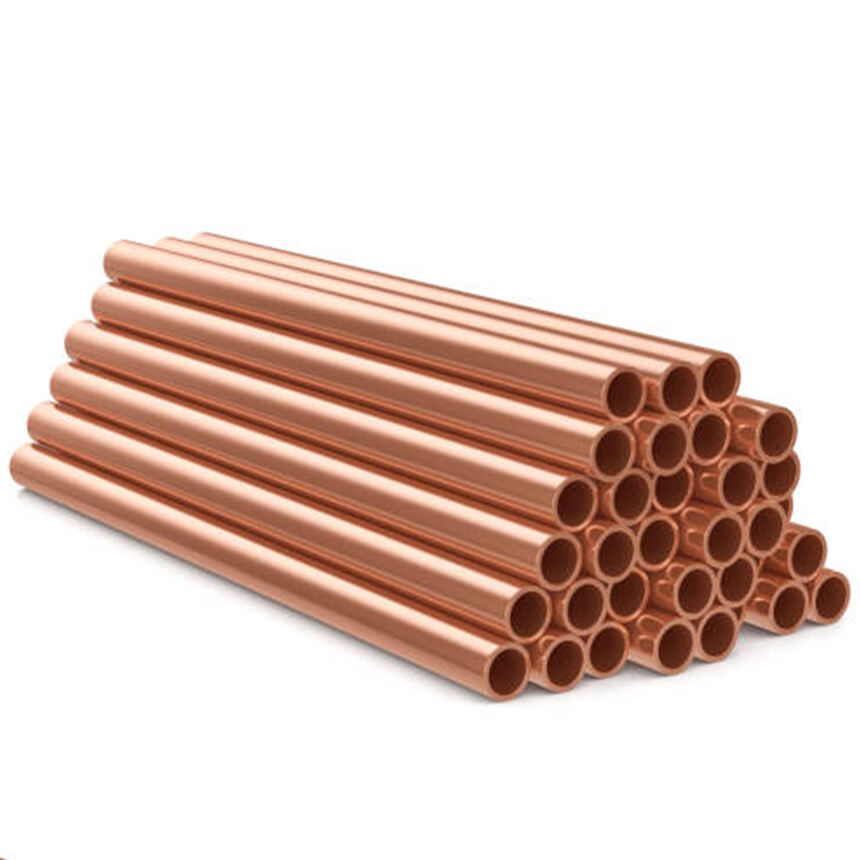Efficiency-Driven Innovations in Air Pipe Design
Energy-Saving Flow Optimization Techniques
Looking at ways to save energy through better flow optimization shows just how important these methods are when trying to cut down on power usage. Advanced stuff like Computational Fluid Dynamics (CFD) helps map out airflow patterns so engineers can spot where energy gets wasted. Some studies suggest this kind of work might slash energy bills by around 30 percent in certain situations. The main ideas involve redesigning those air pipes to reduce turbulence, fixing layouts that create unnecessary resistance, and making sure everything flows smoothly whether we're talking about factories or office buildings. Real world examples back this up too. Take Donaldson for instance they found that simply sealing up all those tiny air leaks and swapping out old filters made a huge difference in what they paid monthly for compressed air. Most industry experts agree good pipe design isn't only about saving money at the end of the month it also means fewer carbon emissions going into our atmosphere from all that extra energy being burned.
Aerodynamic Shape Advancements
The latest developments in aerodynamic shapes are changing how we think about air pipe design, cutting down on resistance while making airflow much more efficient. Old school designs just couldn't handle air movement properly, creating all sorts of inefficiencies. Modern approaches with things like smooth, curved piping structures make a big difference in how well air moves through systems. We're seeing these improvements play out in actual installations across various industries, especially in heating, ventilation and cooling systems where better airflow means lower operating costs and improved comfort levels. Some manufacturers report up to 30% efficiency gains after implementing these new designs. What's interesting is how designers are now looking at aesthetics alongside function when creating these systems. The trend shows no signs of slowing down as companies continue to seek solutions that look good while performing even better in terms of energy consumption and overall system reliability.
(For product detail, please refer to the respective company websites or catalogs for comprehensive descriptions and pricing information.)
Material Breakthroughs Enhancing Air Pipe Durability
Corrosion-Resistant Copper Alloys
Copper alloys that resist corrosion are changing how long air pipe systems last. What makes these materials special is their ability to hold up against rust and decay even when exposed to tough conditions over time. Regular materials tend to break down from rust and other damage, but the new copper alloys keep performing well for much longer periods without needing constant repairs. Tests show these alloys corrode at about half the rate of standard materials, which means they stay functional for years extra in most installations. Engineers working in places like chemical processing facilities and seaside industrial zones report that switching to these copper alloys has made a real difference. They no longer deal with frequent replacements or unexpected failures caused by corrosion, saving both money and downtime in operations.
Brass Composite Integration Strategies
When brass composites get added to air pipe systems, they really boost how long-lasting and effective those systems become. These materials strike just the right mix between being strong enough to handle pressure but still flexible enough to work with during installation. That's why many engineers prefer them for pipes that need to withstand tough conditions while remaining easy to put together on site. Brass fittings bring several advantages too cost savings over time because they last longer than alternatives, plus they don't require constant checking or fixing once installed. Looking at numbers from field tests shows brass composites actually perform better than regular brass across different measurements which explains why more companies are switching to them. Manufacturing plants and water treatment facilities have already seen great results after implementing these composite materials, proving they make piping systems much tougher against wear and tear while extending service life considerably.
Smart Technology Integration in Modern Systems
IoT-Enabled Pressure Monitoring
Bringing IoT tech into air pipe systems completely changes how we monitor pressure levels. These smart monitoring systems give operators instant visibility into what's happening throughout the network, making it easier to spot problems before they become major headaches and boosting how well the whole system runs. Take digital sensors installed inside pipes for example they keep sending out data streams all day long, picking up on small changes that could signal bigger trouble ahead. The benefits are huge when it comes to stopping energy waste from leaks something that really matters because studies show leaks can eat up around 30% of energy bills at factories across America. Big names like Siemens and Honeywell have started rolling out these IoT solutions already, and their teams report noticeable gains in both efficiency and bottom line savings. Looking forward, as these technologies continue developing, most industry insiders expect to see deeper connections between IoT devices and air pipe infrastructure, bringing about smarter analytics tools that will help fine tune operations even further down the road.
Predictive Maintenance Algorithms
Air pipe system management is getting a major upgrade thanks to predictive maintenance tech that spots problems before they actually happen. The systems work by running complex math on sensor data to figure out when parts might start wearing down, which cuts way back on those frustrating surprise breakdowns. Most companies use statistical models to plan ahead for repairs rather than waiting until something breaks. Some real world tests show these systems can cut downtime almost in half while saving money on maintenance expenses too. Factories that have switched over report big savings on their bottom line, so it's no wonder more businesses are taking notice. Beyond just saving cash, this kind of forward thinking approach helps air pipe systems last longer and makes operations overall more eco friendly in the long run.
Advanced Copper Fittings for Optimized Performance
Full Crossover Welding Fittings for Seamless Flow
Full crossover welding fittings play a big role in getting that smooth flow going through piping systems. These fittings create equal diameter transitions which helps keep pressure balanced while cutting down on turbulence issues throughout the whole setup. Industry data shows that when companies switch from standard fittings to these crossover types, they often see better flow rates. That's why so many different sectors rely on them - think HVAC systems, residential plumbing jobs, and those massive industrial pipeline networks where steady flow means everything for how well the whole system works. Real world feedback from manufacturers tells similar stories too. Many report noticeable improvements once they start using full crossover fittings, especially around maintaining that uninterrupted flow without blockages or pressure drops.
V-Press Street Elbows for Precision Direction Changes
V-Press street elbows allow for accurate turns in piping without messing up the flow of whatever is moving through the system. What makes them special is how they cut down on turbulence when compared to regular fittings, which helps keep everything running smoothly. These elbows have really shown their worth in complicated plumbing setups where multiple bends are needed. They reduce resistance quite a bit and make those directional changes happen without causing problems downstream. Many industrial facilities dealing with complex pipe networks have started switching to V-Press elbows because they want to maintain good flow throughout their operations and avoid all sorts of headaches from poor piping design.
Four-Way Connectors for Complex Distribution Networks
Adding four way connectors to distribution networks makes a big difference when it comes to simplifying connections and getting things moving faster. What these special fittings do is create multiple flow directions at once, which lets engineers design much more complicated systems while still keeping everything balanced properly. We've actually seen this work well in practice too. Tests show that pressure stays more stable across the whole system, and there are fewer breakdowns because parts aren't overworked. Manufacturing plants especially love them since they can handle surges better during peak production times. Looking ahead, many companies are starting to adopt these kinds of connectors as standard equipment for their air distribution setups, mainly because they just plain work better than older models that only go one direction.
Sustainable Manufacturing Practices in Air Pipe Design
Recyclable Material Adoption
Using recyclable materials when designing air pipes makes a big difference for the environment. Companies that switch to these materials cut down on waste and help protect our planet at the same time. Some numbers show that going green in manufacturing can slash carbon dioxide emissions and lower pollution levels across the board. A few major players in this field have already made the switch to eco-friendly methods, which other businesses are starting to notice and emulate. With new advances happening all the time in recyclable material tech, there's every reason to believe we'll see better options emerge soon that make air pipe production even greener than it already is.
ISO-Compliant Production Processes
Keeping up with ISO requirements matters a lot when it comes to making sure air pipes meet quality standards. Factories that get ISO certified usually see better productivity and less waste because these standards provide clear guidelines for how things should be done right. According to recent data, companies following ISO protocols often run their operations more efficiently and use fewer resources than those that don't comply. Many pipe manufacturers report real-world benefits after getting certified, such as tighter control over product quality and smoother day-to-day operations across departments. As new standards emerge and existing ones evolve, we can expect continued progress in manufacturing methods. This trend toward stricter compliance is already helping create an industry where sustainability and efficiency go hand in hand rather than compete against each other.









